How to Care for Your Natural Hair Under Wigs: Tips and Tricks
I. Introduction
Wigs are a great way to change up your hairstyle, add volume or length, and experiment with different looks. However, if not cared for properly, wigs can cause damage to your natural hair. To keep your natural hair healthy while wearing wigs, it's important to practice proper wig maintenance and care. Here are some tips and tricks to help you care for your natural hair under wigs:
When you wear a wig, your natural hair is hidden and protected from environmental factors and daily manipulation. However, it's essential to care for your natural hair to avoid damage and promote healthy growth.
A. The importance of caring for your natural hair when wearing wigs:
Wearing wigs for prolonged periods can cause hair loss, breakage, and dryness, among other issues. Caring for your natural hair while wearing wigs ensures that your hair stays healthy and strong.
B. The potential damage that wigs can cause to your natural hair if not cared for properly:
Wearing wigs that are too tight or not secured correctly can cause traction alopecia, a form of hair loss caused by constant pulling on the hair. It's essential to choose wigs that fit properly and don't put too much tension on your natural hairline.
C. The benefits of proper wig maintenance for your natural hair health:
Proper wig maintenance, such as removing the wig daily and moisturizing your natural hair, promotes healthy growth and prevents breakage and matting.
II. Preparing your natural hair for wig wear
A. Wash and deep condition your natural hair prior to wig installation:
Before installing a wig, it's crucial to wash and deep condition your natural hair to remove any dirt and buildup. Deep conditioning also adds moisture and strengthens your hair, reducing the risk of breakage.
B. Apply a leave-in conditioner to moisturize and detangle your hair:
Applying a leave-in conditioner to your natural hair helps detangle your hair and keeps it moisturized. This makes it easier to part and style your hair when installing the wig.
C. Part your hair in a way that complements the wig style you want to wear:
When parting your natural hair, it's essential to consider the wig style you want to wear. Parting your hair in the wrong direction can cause the wig to look unnatural and potentially damage your hairline.
III. Tips for wearing a wig without damaging your natural hair
A. Choose a wig that fits properly and does not put tension on your natural hairline:
Wigs that are too tight or put too much tension on your natural hairline can cause hair loss and damage. Choose wigs that fit properly and don't cause discomfort or pain.
B. Wear a wig cap to protect your natural hair from friction and potential damage:
A wig cap helps to protect your natural hair from friction caused by the wig rubbing against your scalp. This reduces the risk of breakage and hair loss.
C. Secure your wig with clips or bobby pins instead of relying solely on tightness for stability:
Using clips or bobby pins to secure your wig helps to distribute the weight of the wig evenly, reducing the risk of tension on your natural hairline.
D. Avoid wearing wigs for extended periods of time to give your natural hair a break:
Wearing wigs for extended periods of time can cause damage and breakage to your natural hair. It's essential to give your hair a break by removing the wig and letting your hair breathe.
IV. Proper wig care for your natural hair
A. Remove your wig daily to allow your natural hair to breathe and prevent matting:
Removing your wig daily helps to prevent matting and tangling, which can cause breakage and damage to your natural hair. Additionally, removing your wig allows your scalp to breathe and prevents the buildup of oils and bacteria that can lead to scalp irritation and other issues.
When removing your wig, it's important to do so gently to avoid pulling or tugging on your natural hair. Use a wide-tooth comb or your fingers to gently detangle any knots, and avoid using any harsh chemicals or tools that could damage your hair.
After removing your wig, take the time to moisturize and care for your natural hair. Apply a leave-in conditioner to help detangle and protect your hair, and use a natural oil or serum to add shine and hydration.
To protect your natural hair from heat and environmental damage, consider wearing a satin or silk scarf or bonnet under your wig. These materials are gentle on hair and can help to prevent breakage and split ends.
Finally, it's important to deep condition your natural hair regularly to promote healthy growth and prevent damage. Use a high-quality, nutrient-rich conditioner that is designed to penetrate the hair shaft and nourish your hair from the inside out.
In conclusion, caring for your natural hair under wigs is essential to maintaining healthy hair and preventing damage. By following these tips and tricks, you can enjoy the benefits of wearing wigs while still maintaining the health and beauty of your natural hair. Remember to always use high-quality products and to take the time to properly care for your hair, both under and outside of your wig. With a little extra care and attention, you can enjoy beautiful, healthy hair for years to come.


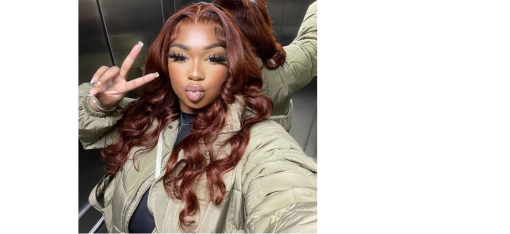
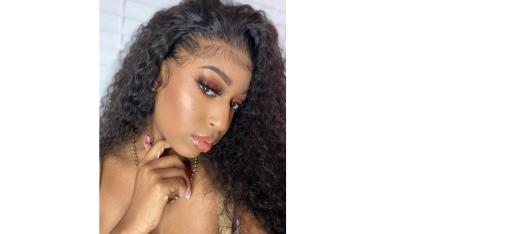

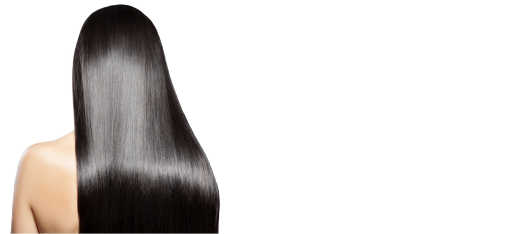
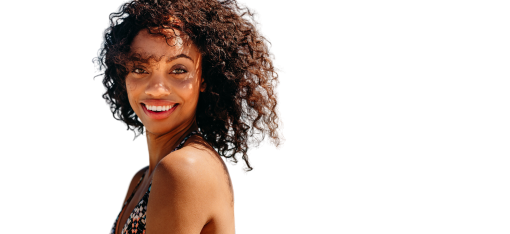
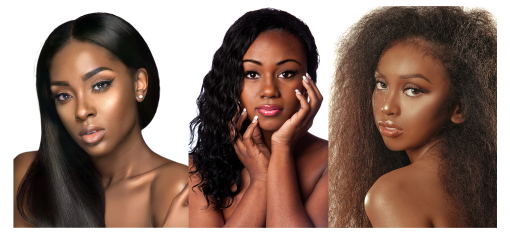




Leave a comment